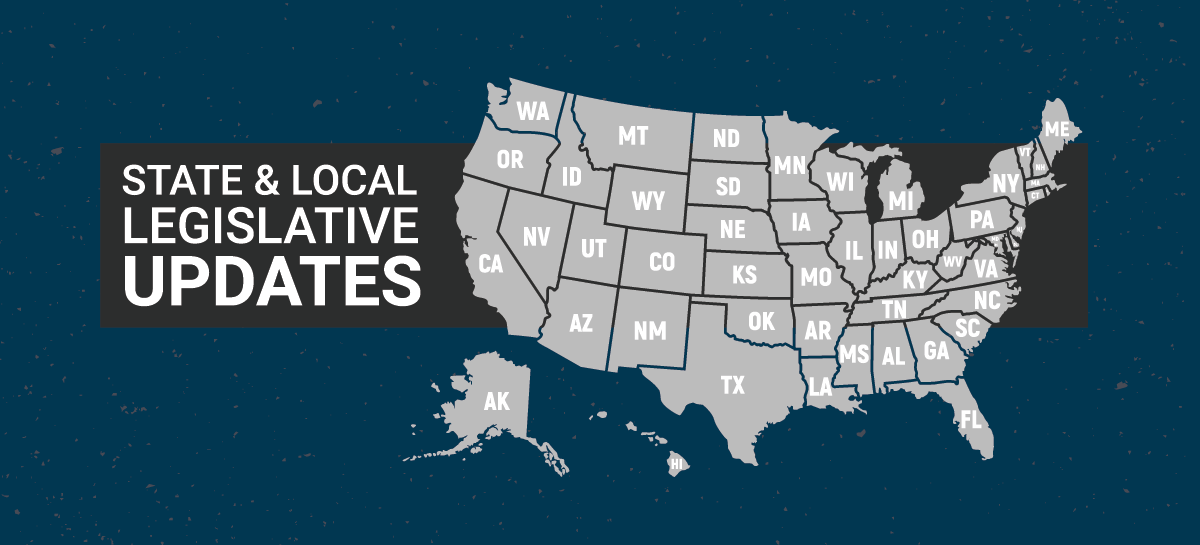In this HR Chat, Rob and Jason break down why health plan premiums are expected to climb sharply in 2026, the biggest jump in over 15 years! They explain what’s fueling these cost hikes and share strategies to help employers prepare for renewal season.
Contact hr@employco.com to learn how your company can navigate rising health care costs and keep benefits competitive in 2026.
Schedule a 15-minute call with Griffen Wilson for more information on our services.





